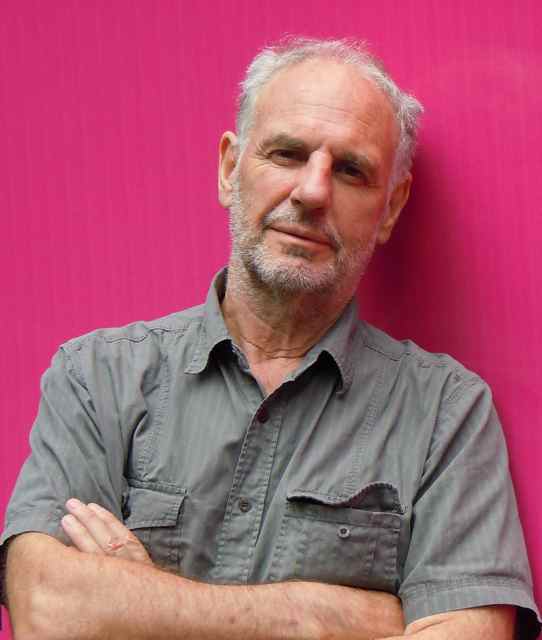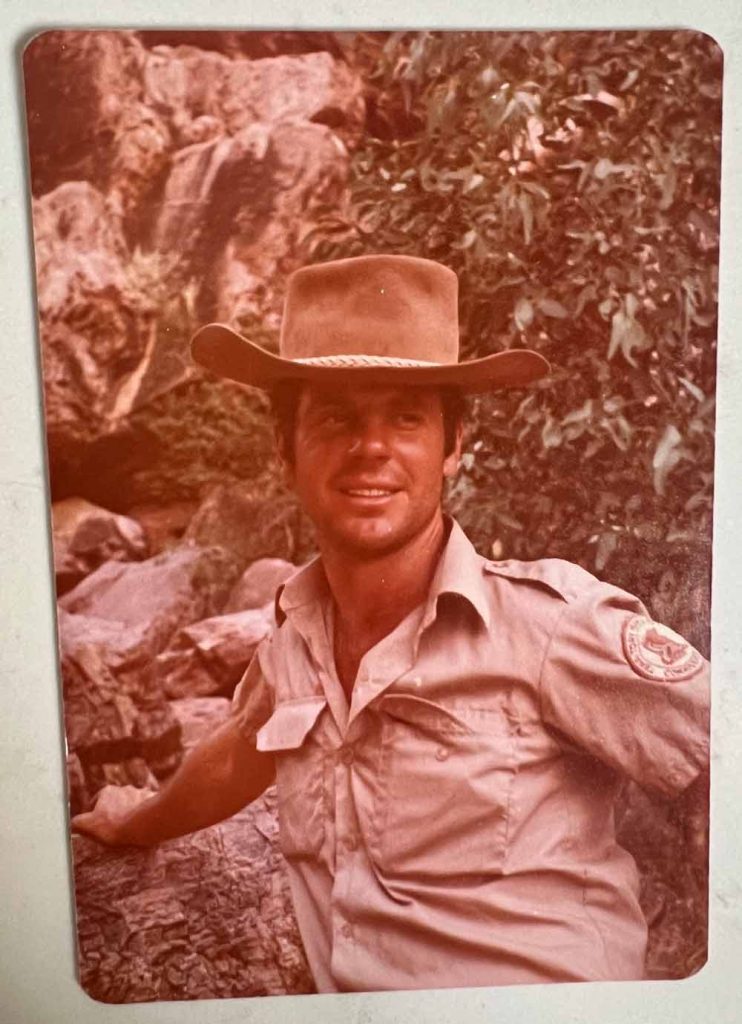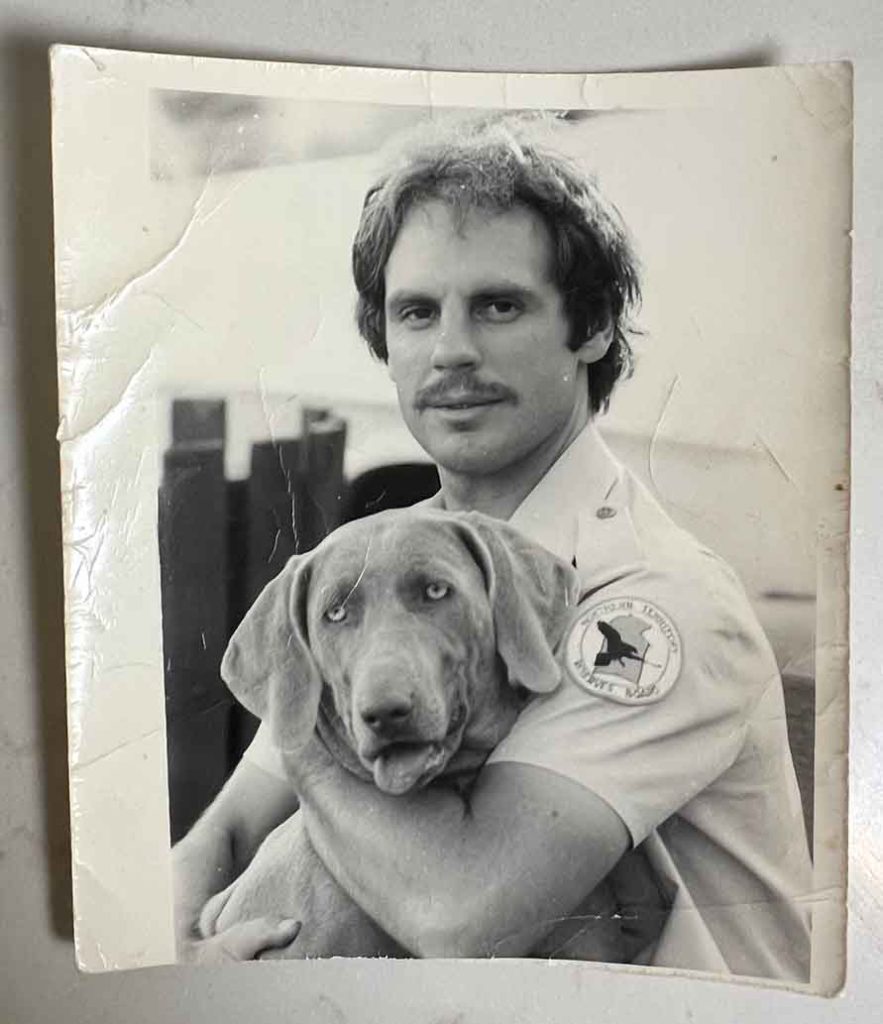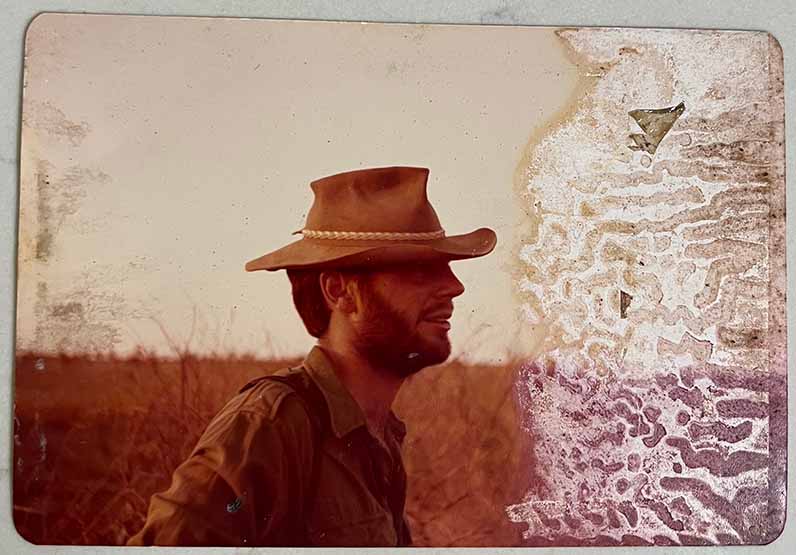Philip Nitschke was born on 8 August 1947 in the Small South Australian town of Ardrossan to school teacher parents Gwen Richardson and x Nitschke.
The youngest of three children, Philip would move to Adelaide for boarding school, later attending the University of Adelaide to study physics.
In his honours year, Philip would create Australia’s first hologram image.
Moving Around
Philip’s childhood was transient with the family relocating regularly due to government-determined teaching posts.
His country upbringing was what today could be called ‘free-range with abundant freedom and little parent oversight. Perhaps it was these conditions that led to the creative, experimental, boundary-pushing outlook that Philip is best known for today.
Academic work continued at Flinders University where he earned a PhD in plasma physics.
Bruised by the ordeal and disenchanted with the job offerings in the post-Vietnam environment, Philip turned his back on a career in academia and followed his politics to the Northern Territory.
Going North for Land Rights
Arriving at Wave Hill/ Kalkarindji in the middle years of the famed ‘walk off’, Philip found himself working as scribe/ assistant to the legendary land rights leader, Vincent Lingiari.
The conditions were grim and the racism was rife.
When his then, girlfriend, Jenny, left him for an American vet who arrived (and left) on an impressive motorbike, it was suggested that Philip return south to sort himself out.
Parks & Wildlife Ranger
Stints in Adelaide and Melbourne followed before Philip would return to the Territory, this time to work as a Parks and Wildlife ranger in Central Australia: a job that he thought was the best in the world.
An accident to his foot, however, signaled an end to life in the bush.
Medicine
After applying around, Philip was accepted to study medicine at Sydney Medical School at the ripe old age of 35.
Graduating some 6 years year later, again the Territory called with a RMO position at Royal Darwin Hospital.
Political controversy ensued, this time over Darwin’s preparedness for the arrival of American nuclear powered ships.
The high structured environment of a large hospital did not suit Philip’s ‘rugged individualism’. After a spell as an after-hours mobile doctor, the voluntary euthanasia issue fell into his lap.
Euthanasia
In July 1995 the Northern Territory parliament had just passed the world’s first right to die law. The law was enacted 12 months later. Philip found himself as one of a handful of doctors who wanted to see the new law work.
While the Rights of the Terminally Ill Act only lasted nine months before it was overturned by the Australian Federal Parliament, Philip’s latest and longest-lasting political issue was sealed.
In 1997, Philip founded the Voluntary Euthanasia Research Foundation which in 2020 rebadged as Exit Australia and Exit International.



